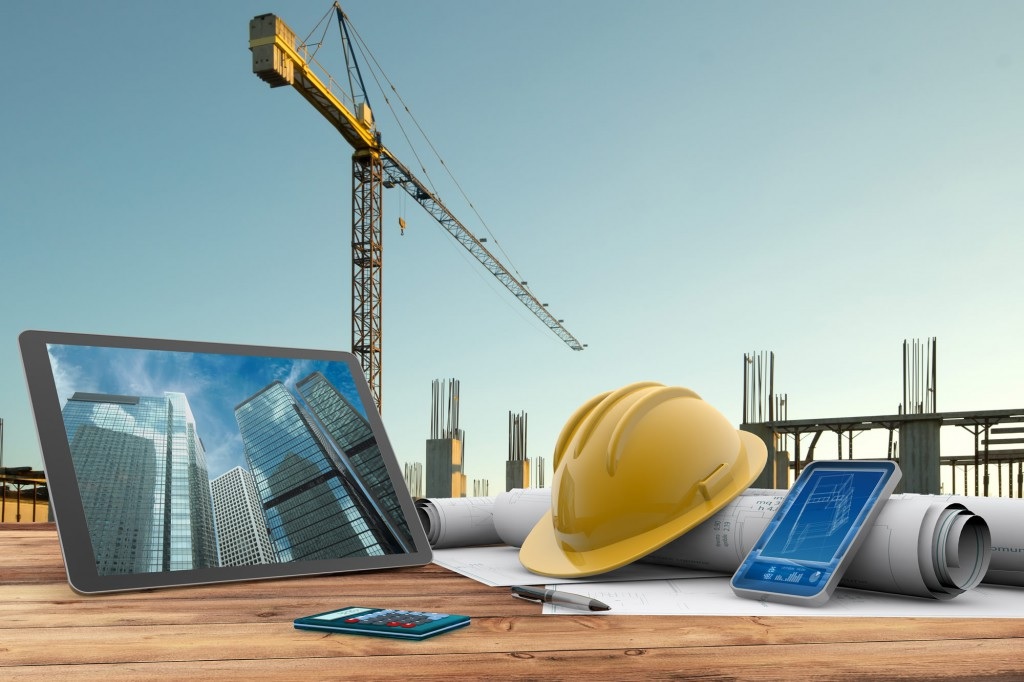The construction industry is fluid and dynamic. New techniques on construction are being created and implemented. Professionals in the construction industry should monitor new events in order to avoid being left behind.
With modern technology, construction managers and workers can finish tasks more efficiently and effectively. You can improve the productivity levels in any construction site or project without compromising safety and resources. In addition, you can even save more time, effort, and money in the long run because technology-aided projects are accurate.
Advanced modernization is changing the construction landscape. It gives construction professionals more options to tackle a project in terms of design and function. Hence, it pays off knowing these emerging technologies that can transform how you deal with your future projects.
The following are 3 ways through which technology is transforming the construction industry.
Speed Humps
Speed humps are used when it is important that road users slow down on the speed. Therefore, they are used to enhance safety. In connection to this, they are used in areas such as thickly settled areas and the schools.
They are common not only in North America, but in international jurisdictions as well.
This technology is usually used on an existing roadway. Jurisdictions follow standard construction procedures in order to ensure uniformity.
Construction companies should note that sinusoidal cross-sections are more difficult to construct than circular speed humps. Again, if the speed hump is constructed with asphalt concrete, it tends to deform following the direction of the traffic.
Prior to the installation of the speed humps, one must clean the surrounding area in order to remove dirt and debris.
Unfortunately, the construction of speed humps can attract fierce opposition from the neighborhood. Consequently, the construction company ought to carry out comprehensive public consultation in order to gain legitimacy from the public.
The best justification towards winning the trust and support of the neighborhood is presenting a case of safety, and stating that the construction of the speed humps is for the good of the community.
Virtual Reality (VR)
Virtual reality is making profound changes in the construction industry. The construction industry is vulnerable to work stoppages and budget extensions, mainly due to unforeseen circumstances. In addition to that, the construction industry is vulnerable to inaccuracies. Such challenges can be very expensive.
Whereas 3 D technology offers some solutions to this problem, VR is as well the panacea to the plethora of challenges facing the construction industry. It helps the professionals to visualize, model, and consequently analyze, the building under construction.
One of the greatest advantages of VR is that it saves on the cost of the construction. This is because problems can be identified early enough, and construction does not have to stop in order to think about the solutions.
With VR, one does not have to travel in order to see the details in a certain project. Therefore, the stakeholders can collaborate effectively and in real time. In addition to that, the project members can obtain feedback and share it without wasting any time. If a construction wants to be truly global, then it ought to use VR, and it can achieve this objective.
Virtual reality is changing the construction industry. can be used in improving design, training, and safety in construction projects. This technology allows construction professionals to view a project in a virtual environment before building a structure. VR gives a construction manager or worker a clearer picture of what exactly needs to be done, saving on materials.
VR has not yet colonized the construction industry, but it is indeed spreading its tentacles. In the coming few years, more players in the construction industry are going to appreciate the benefits that come with VR.
Drones
In the construction industry, the drone can perform some tasks which can be expensive when using the traditional methods. The main purpose of drones in the construction industry is mapping the targeted areas. Other uses of drone technology in construction include building surveys, site inspections, health induction, and maintenance inspections.
The future of the use of drones in the construction industry is optimistic. This is because the future will appreciate innovation in the construction industry and increased growth in the use of digital data.
Because many people do not trust drone technology, professionals in the construction industry should be sure to identify the right seller and work with the right operator. It should be noted that the use of drones is subject to thorough paperwork.
If a company opts to use drones, it should be prepared to address a few challenges. One, operating a drone requires two people and not one. It should be noted that harsh weather conditions could interfere with the mandate of the drones.
Aside from drones, you can take advantage of time-lapse cameras to monitor and manage projects with high-resolution site vision using any device. This technology enables you to quickly deploy any construction using cellular connectivity because this solar plug-and-play hardware can shoot auto-generated 4K time-lapse videos. Just click here for more info about time-lapse technology.
Conclusion
When you want to implement any new technology, it is important that you evaluate how effective it is going to be. Testing (pilot testing for instance), is very important in predicting the outcomes. Overall, seeking the opinion of the professionals is a matter of paramount importance.
